The 80/20 Rule on Fitness: Boost Your Results with My Top Workout Exercises
Discover the most effective workout exercises for max results by applying the 80/20 rule to your fitness regimen. In this article, I share my top exercises for a powerful fitness transformation, focusing on general health, endurance, and strength. Optimize your time and achieve your goals faster!

Are you looking for the most effective workout exercises for your best results? By applying the Pareto Principle (80/20 rule) to your fitness routine, you can focus on the exercises that provide the most significant impact.
In this article, I'll share my favourite workout exercises that I learned to bring the most output for the input, guaranteeing a powerful fitness transformation.
Some exercises sound scary and like hardcore bodybuilding (e.g. "deadlifts"). And all in all, despite applying the 80/20 rule, I'll list a lot of exercises and various types of training down below.
But look at my old pictures before I started with the sport. If I could do it, so can you. These are exercises for professionals and beginners - start with lower weights, less time and less intensity to get a benefit out of them 👍.
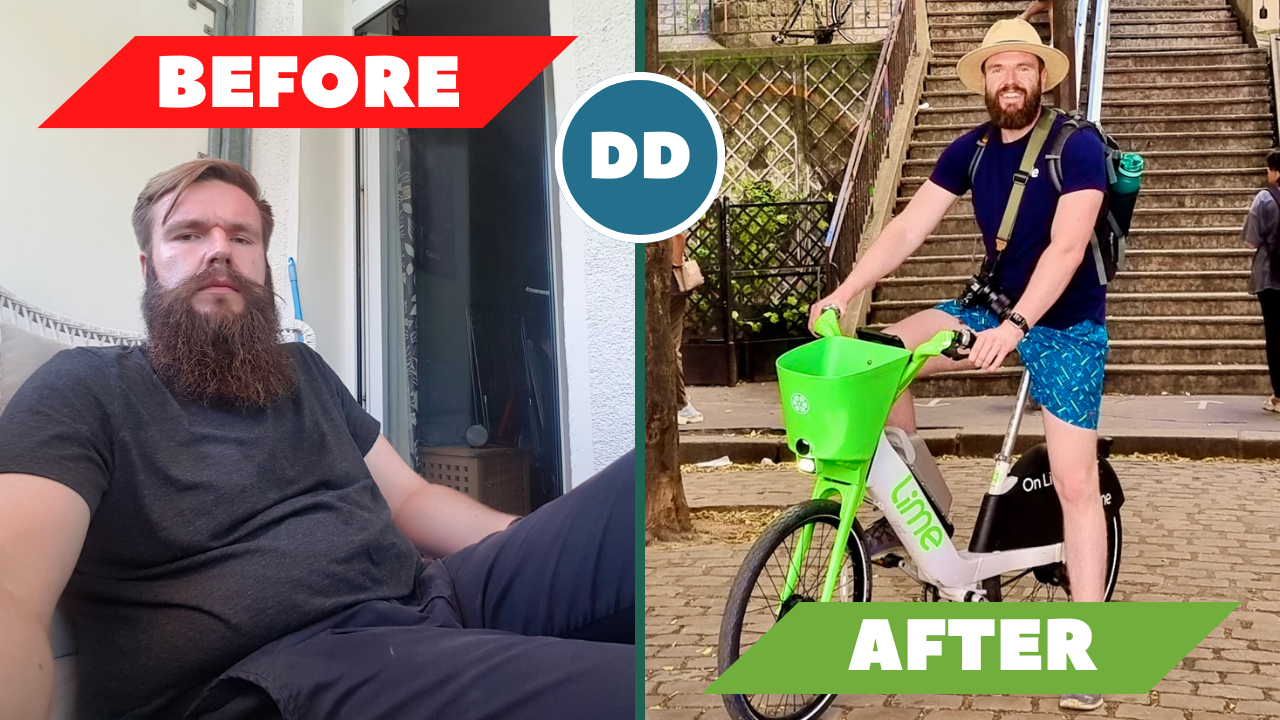
Introduction
The Pareto Principle, also known as the 80/20 rule, states that 80% of the results come from 20% of the efforts. In the context of workout exercises, a small selection of exercises can provide the majority of your desired fitness results.
I have been training for 15 years and have tried various exercises and modes. Ultimately, I found a set of exercises and training methods that work for me, address all the major muscle groups and goals, and ensure that my basic athletic health is maintained.
The trick is to go for basic exercises with a wide range rather than isolation exercises. Let's look into these highly practical exercises, categorized by general health, endurance, and strength.
I. General Health
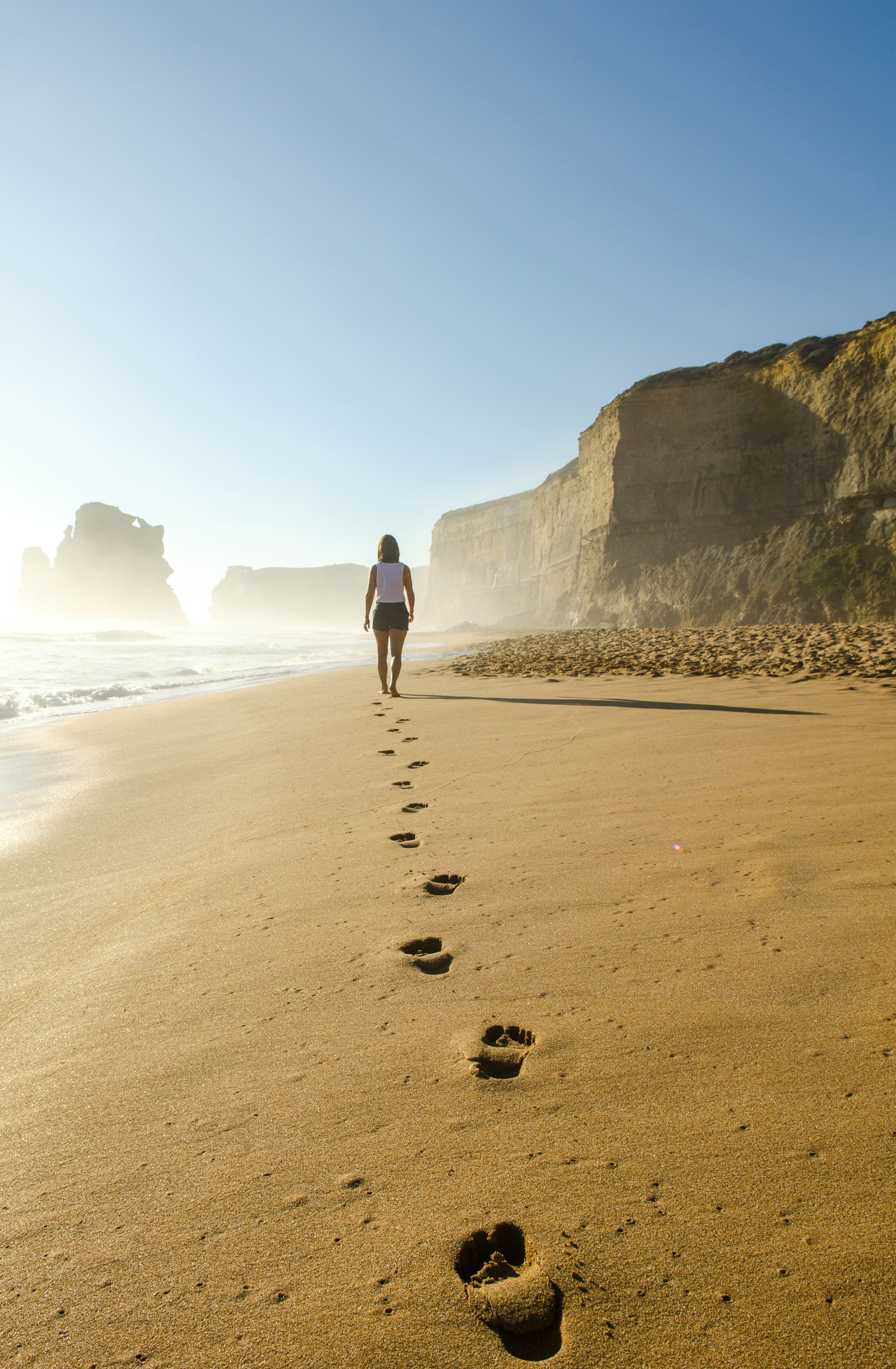
A. Walking
Walking is an underrated exercise that can significantly improve your overall health. Regular walking can help maintain a healthy weight, strengthen bones and muscles, and improve balance and coordination.
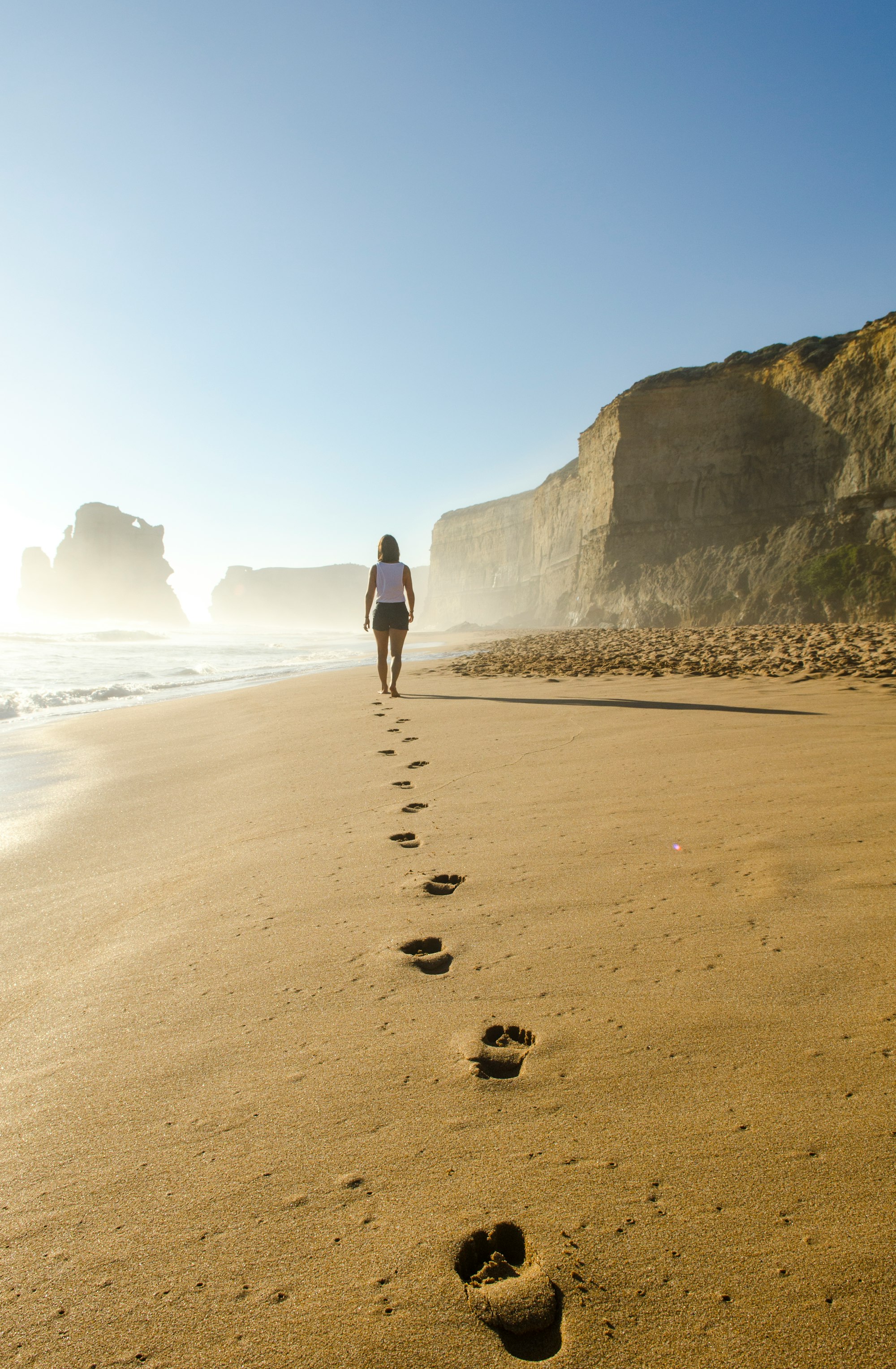
As readers of my blog know, I am a huge fan of walks. They have many benefits, which I described in the first post of this blog, and I believe that if you could only do one thing, extensive walks alone would contribute significantly to your health.
They help...
- ... with weight moderation (less hunger + more calories burned)
- ... maintain basic mobility (e.g. no back pain)
- ... achieve basic cardiovascular health (getting the heart and circulation going occasionally)
How much is good and right? It depends on how much of the other exercises you do.
- If you do nothing else, it should be 20,000 steps per day.
- If you also do strength training, you can supplement it with up to 15,000 steps.
- If you have done a long bike ride, 10,000 additional steps should be sufficient.
If you're a manager with many virtual meetings, I can strongly recommend you parallelize them with walking to be more time efficient. It's not feasible with all kinds of meetings, but those where you don't have to take notes or share your screen are usually doable.
II. Endurance
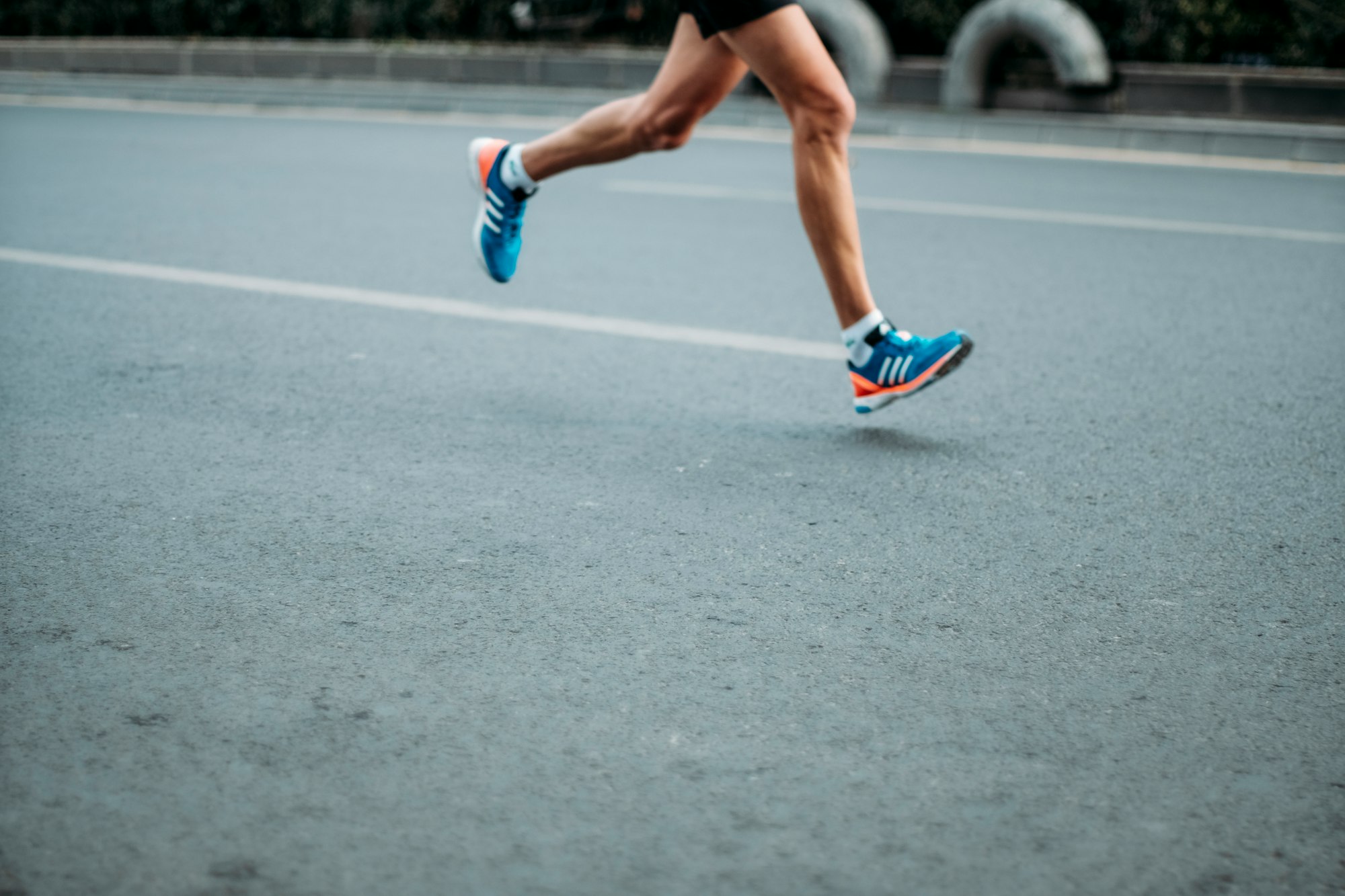
A. Running
Running is an excellent way to build cardiovascular endurance and burn calories. To get started with running, consider following a beginner's training plan, gradually increasing distance and intensity. You can also experiment with different types of running, such as interval training or long-distance running, to find the best fit for your goals.
Running is one of the core building blocks of your fitness transformations. At the beginning of my journey, when I couldn't stand my appearance (I was overweight), I started with a simple goal: exercise for an hour every day.
I left it open to which exercise to do, but in reality, it ended up that I went running every day. I didn't have good shoes (I used some old sneakers) or running clothes.
The beginning was tough. Not only because I quickly ran out of breath but also because I was a bit ashamed as a fat, slow runner and only ran in the dark.
Two years of daily running followed, making me a completely different person.
Many fitness coaches will tell you that running is not the best way to lose weight and that you can achieve many goals much better with strength training or something similar.
That may be true, and I, too, now have a more diversified set of endurance sports in my program.
However, running has three main advantages that you hardly get with other sports:
- You burn so many calories per hour - for me, due to my size and weight, it was at least 1200-1400 kcal. Walking for a comparable amount of time is only 400-600 kcal; when I ride a bike, it's 900-1200 kcal.
- Your VO2 max, an indicator of your endurance and cardio health, is trained better than in any other sport because your heart rate is constantly in a reasonably high range.
- You can benefit from the runner's high and, if you go for a quiet and recurring route, get into a flow that clears your head after a stressful day.
Disadvantages:
- Starting to run takes more overcoming than with other sports (in my opinion). It requires a bit more discipline.
- If you only run for years, the strain on the body is somewhat one-sided (sore knees, shortened tendons, etc.).
- You only get thin, but you don't build muscles.
So, if you want to lose weight quickly, I would initially focus entirely on running and concentrate on that. However, I recommend diversifying your program once you are reasonably fit.

B. Outdoor Biking
Outdoor biking is a low-impact activity that improves cardiovascular endurance, strengthens your lower body, and allows you to enjoy nature. Invest in a suitable bike and gear, and follow local bike paths or trails for safe and enjoyable rides to make the most of outdoor biking.
Cycling perfectly complements running and can further diversify your endurance sports. It stresses different muscle groups in your legs and lower back, making it a suitable, lighter alternative to running on an alternating daily basis.
From my perspective, cycling has some fantastic benefits:
- It requires less effort because the intensity is lower. Compared to running, it's more enjoyable.
- The heart rate is lower than running (130-150 instead of 150-170 while running), making cycling even better for weight loss and improving cardio health.
- If you ride intensively, you burn a similar amount of calories per hour as running (slightly less). However, overall you will burn significantly more calories cycling because of the above advantages, allowing you to ride for much more extended periods (while running, I typically lose interest after an hour or an hour and a half, whereas I can enjoy cycling for up to 3 hours).
- Due to the higher speed, you can see more and explore more diverse landscapes.
- It's easier to bring a friend while cycling. For example, my wife can't even come close to keeping up with me while running, and I have a hard time slowing down. However, while cycling, we can agree on a common pace.
I started my first two years of cycling with a €250 bike from a hardware store. It worked fine. After that, I bought a sporty trekking bike for €1000, which has been serving me faithfully ever since. In terms of value for money, I feel that €1000-€1400 is a good price point; beyond that, you only gain a few advantages through higher-quality components.
I would still be interested in trying out road cycling or gravel bikes. However, I haven't had any experience with them yet. It seems to be a trend right now. You'll have to see which one you prefer - all-around with trekking, off-road with mountain bikes, or need for speed with road bikes.
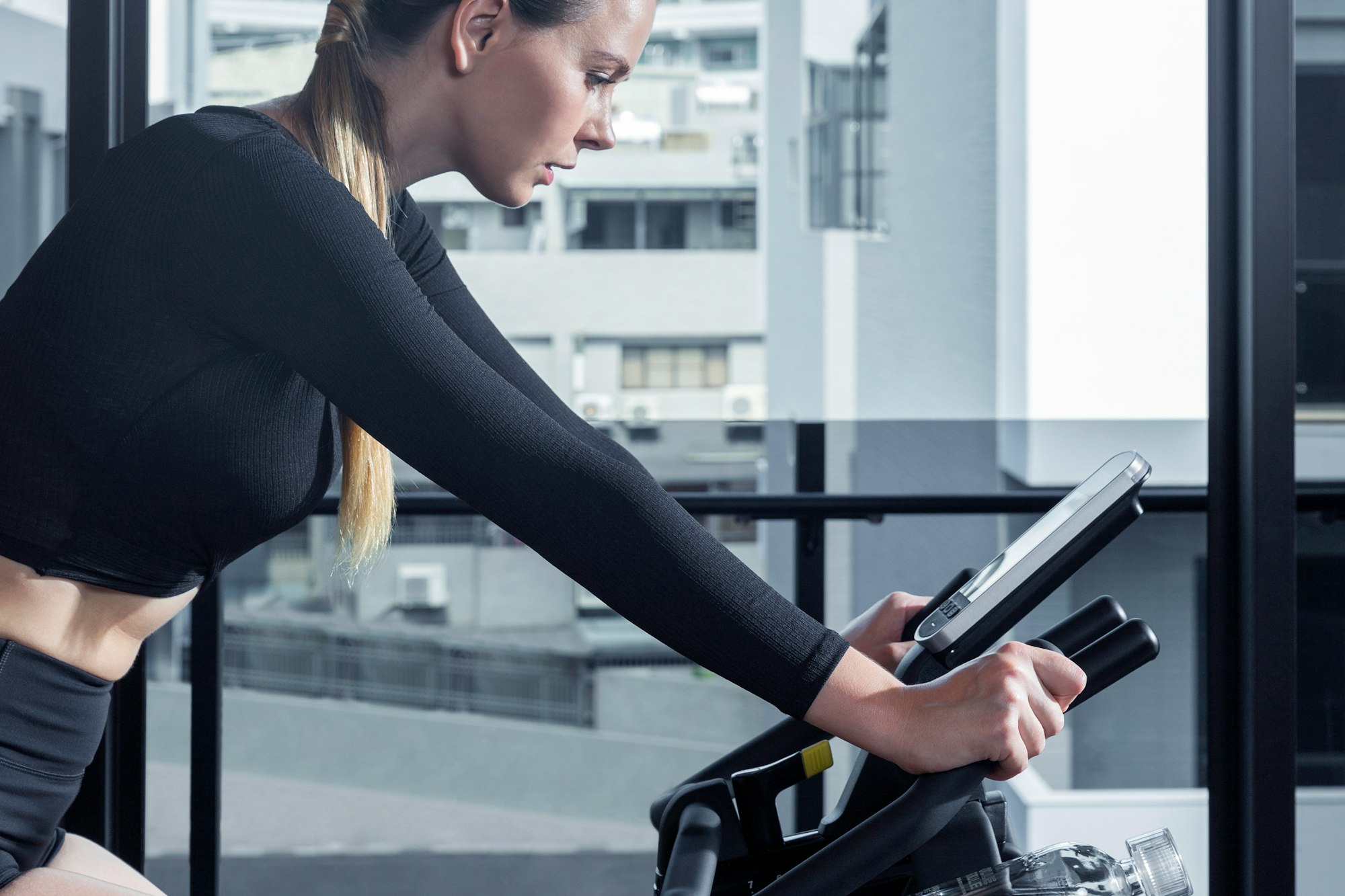
C. Indoor Biking
Indoor cycling offers many benefits as outdoor biking but with the added convenience of exercising at home or in a gym. Indoor cycling classes can provide motivation and guidance, while home workouts offer flexibility. Ensure you choose a comfortable stationary bike and maintain proper form during your workouts.
Since last year I have had a roller trailer, which allows me to use my bike indoors during the winter (I have written more about the equipment in this article).
Indoor cycling is fantastic: the entry barrier is much lower, and you can easily hop on the bike for 30 minutes indoors, while it's only worth getting ready for an outdoor ride if you're going to be out for at least 1-2 hours.
Furthermore, riding a bike in the rain, wind, and cold is not particularly enjoyable, so it’s nice that you can do it at home instead.
Additionally, indoor cycling has three advantages that you don't get outdoors:
- Since you don't have traffic or traffic lights, you can ride continuously, and the training becomes more effective (I've heard up to 30%). Plus, it's also safer because you won't get hit by a car.
- You can ride at specific wattages ("ERG mode"), allowing you to control and gradually intensify your training.
- You can watch a movie or TV show on the side or, like me, watch tutorials and education courses.

D. Rowing
Rowing is a full-body workout that targets both your upper and lower body, making it an efficient endurance exercise. Whether using an indoor or outdoor rowing machine, focus on proper technique and form to prevent injury and maximize results.
When rowing, you need to pay more attention to your technique than other exercises. Watch YouTube videos beforehand. I have an indoor rowing machine from "Waterrower." The nice thing is that you can stand it upright, and it looks like furniture.
I'm a bit torn about rowing:
- Pro: it activates the back and muscles you might not otherwise train properly.
- Con: I find indoor rowing a bit boring because it's pretty strenuous (but maybe that's because my back is not very practised), and there is little variety in front of the eyes. Outdoor rowing might be more fun.
Well, endurance doesn't just happen in the legs; it can also affect the upper body. So I included it in these Pareto Essentials.
III. Strength
A. Shoulders: Arnold Press
Strong shoulders are essential for functional movement and upper body strength. The Arnold Press is a fantastic exercise that targets your deltoids while engaging your upper back and chest. To perform this exercise, start with dumbbells in front of your shoulders and rotate your arms as you press them overhead.
Alternatively, I also like to do front and lateral raises.
B. Bench Press
The bench press is a classic exercise for building chest strength and improving upper-body power. When performing the bench press, ensure your form is correct to avoid injury: keep your feet flat on the ground, maintain a slight arch in your lower back, and engage your core.
C. (Incline) Chest Flys
Chest flys isolate your chest muscles, promoting better definition and symmetry. To perform chest flys, lie on a flat bench with dumbbells in each hand and slowly lower the weights to your sides in a controlled motion. Then, bring the dumbbells back together above your chest.
D. Pullovers
Pullovers are an excellent exercise for building both chest and back muscles. While lying on a bench, hold a dumbbell with both hands above your chest. Slowly lower the weight behind your head and then return it to the starting position.
E. Dips
Dips are an effective bodyweight exercise for strengthening your triceps and chest. To perform dips, use parallel bars or a dip station and lower your body by bending your elbows until your upper arms are parallel to the ground. Then, push back up to the starting position. For beginners, try assisted dips or bench dips as a starting point.
F. Pull-ups or Lat-pull
Developing upper-body strength is crucial for functional fitness. Both pull-ups and lat-pull exercises target the back and biceps, improving overall upper-body strength. If you struggle with pull-ups, consider using a lat-pull machine or assisted pull-up bands to build strength gradually.
G. Reverse Flys
Reverse flys target your upper back and shoulders, helping to improve posture and prevent injury. To perform reverse flys, bend forward at the waist with dumbbells in each hand, and lift the weights out to the sides while keeping a slight bend in your elbows.
H. Rowing (Strength)
Strength-focused rowing exercises help build your back muscles and improve posture. Several rowing variations exist, such as bent-over rows, seated cable rows, or one-arm dumbbell rows. Each variation targets your back muscles differently, so incorporate a mix of these exercises for well-rounded development.
I. (Stiff Leg) Deadlifts
Deadlifts are a compound exercise that builds strength and power by engaging multiple muscle groups, including your legs, back, and core. When performing deadlifts, focus on maintaining proper form by keeping your back straight, chest up, and engaging your core throughout the movement.
J. Squats
Squats are a must-have exercise in any strength training routine, targeting your lower body and core muscles. Many squat variations exist, such as bodyweight squats, goblet squats, or barbell back squats. Experiment with different variations and progressions to find the best fit for your fitness level and goals.
K. Biceps/Triceps Pull Exercises
Achieving balanced arm development is essential for both aesthetics and functional strength. Incorporate various biceps and triceps exercises into your routine, such as bicep curls, hammer curls, tricep pushdowns, or overhead tricep extensions. Mixing up these exercises will ensure balanced growth and prevent plateaus.
Modus Operandi
As far as the modus operandi is concerned, that's how I handle it at the moment: I have exactly one hour a day that I alternate between endurance and weight training.
For endurance sports, I currently alternate running and cycling.
For weight training, I alternate three muscle groups:
- Shoulders and chest
- Upper and lower back
- Legs and arms
Conclusion
By focusing on these highly effective workout exercises, you can apply the Pareto Principle to your fitness routine and maximize your results. These exercises, spanning general health, endurance, and strength, provide a well-rounded approach to fitness.
Of course, it makes sense to include variations and isolation exercises to have some variety at some point. Still, with these exercises, you will definitely ensure that nothing important is forgotten and that you use your time as effectively as possible.
Feel free to add tips and thoughts to this page's comment section, Twitter or LinkedIn!
Best regards,
-- Martin from Deliberate-Diligence.com


Discussion